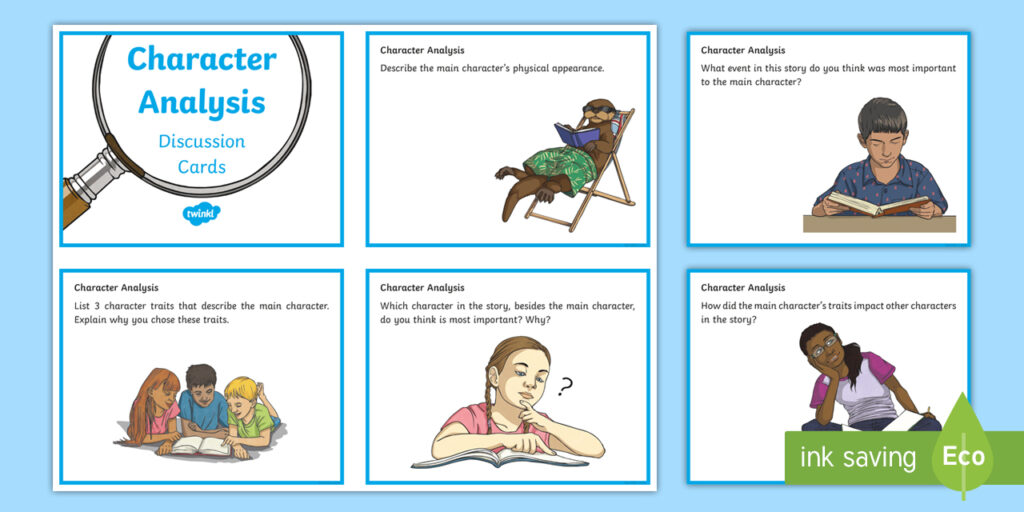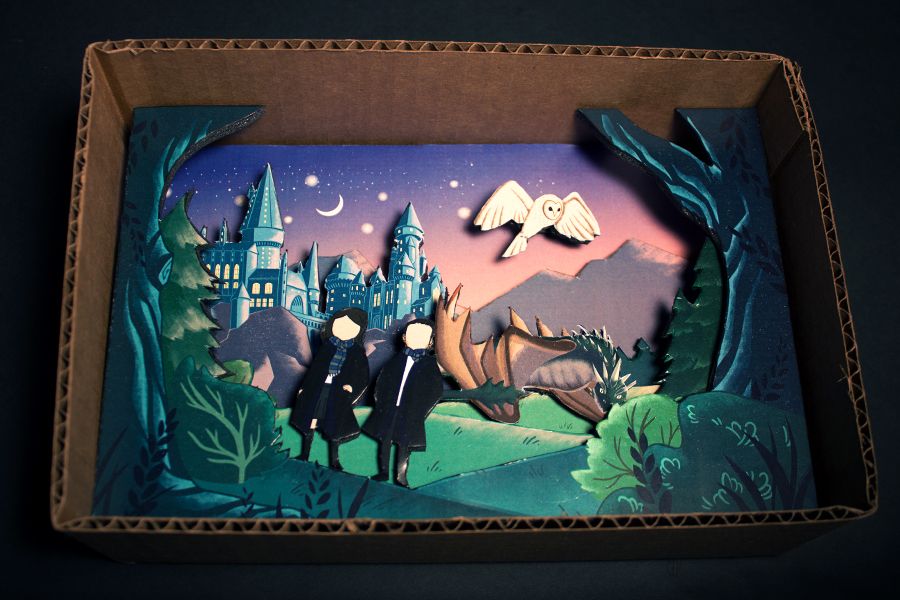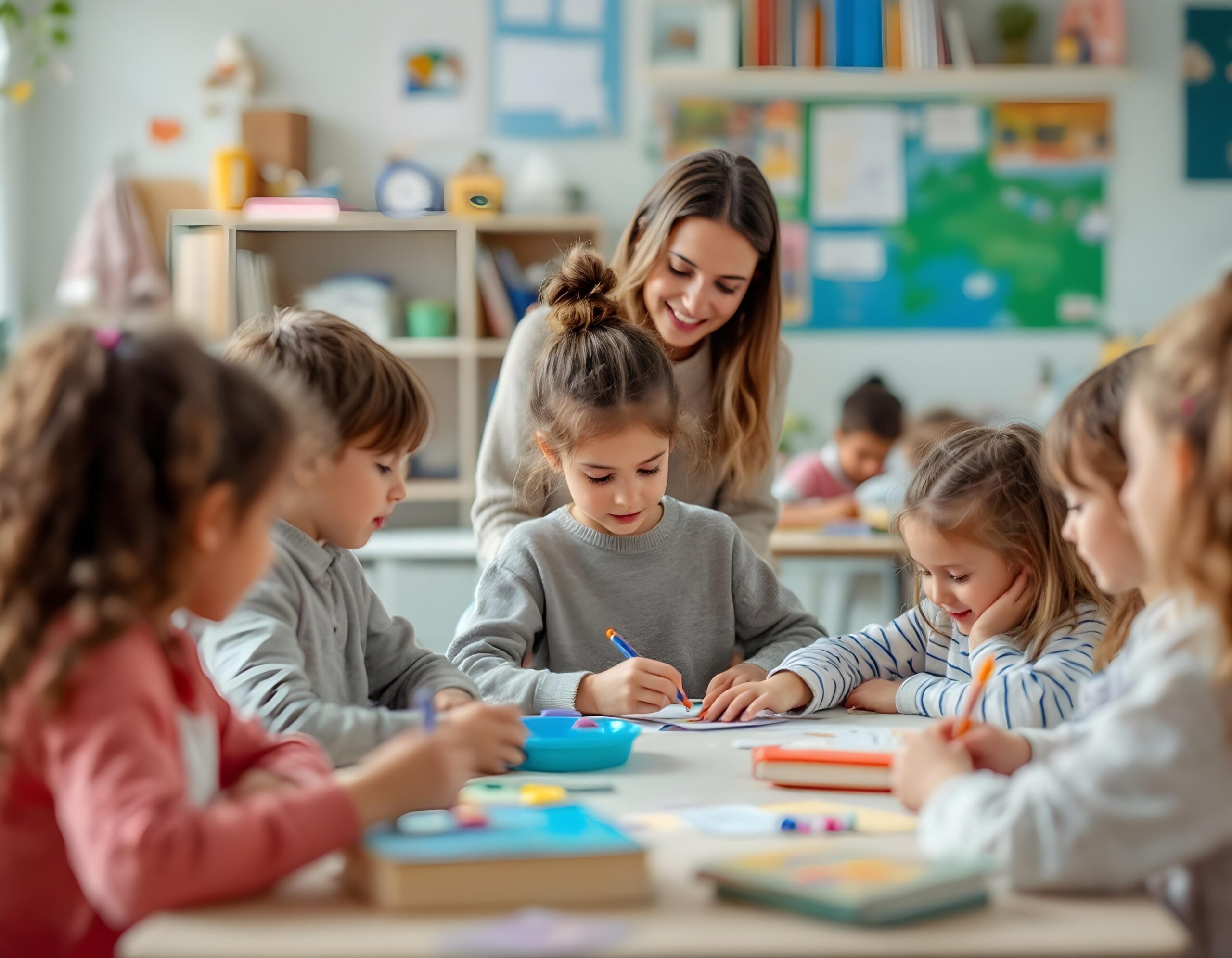Literature-based activities serve as valuable complements to craft projects, promoting the development of essential language skills, including vocabulary, comprehension, and grammar. These activities provide opportunities for learners to engage with texts in a meaningful way, enhancing their linguistic abilities through critical analysis and reflection. By integrating language learning with literary exploration, students can strengthen their grasp of key linguistic structures, while deepening their overall understanding of the text. This holistic approach fosters a more comprehensive development of language proficiency.
Character Analysis
Character analysis provides a platform for exploring personality traits, motivations, and development. Through analyzing characters, students not only build their descriptive language but also develop critical thinking skills that are essential for mastering both written and spoken English. Engaging in reflective discussions about characters helps students practice adjectives, verbs, and noun phrases in meaningful contexts (Lantolf & Poehner, 2014).

Plot Summaries and Timelines
Developing plot summaries and timelines enables learners to comprehend the narrative structure of a text while enhancing their sequencing and comprehension skills. Research indicates that summarization significantly aids in improving recall and deepening understanding, particularly when learners are encouraged to synthesize key narrative elements (Gunning, 2016). By organizing events chronologically and summarizing key plot points, students reinforce their grasp of narrative progression and the use of language structures, such as past-tense verbs and time-related vocabulary. This process not only strengthens comprehension but also fosters the ability to analyze and articulate the underlying framework of literary works.
Discussion Questions
Open-ended discussion questions foster interactive learning by encouraging students to reflect critically on the text. Interactive discussions not only deepen engagement but also promote vocabulary retention and expressive language use. Research indicates that dialogue-based learning, especially in group settings, is a powerful tool for language development (Mercer & Howe, 2012). For example, questions like, "What motivates the character's actions?" encourage students to use inferential reasoning while practicing complex sentence structures.
Reinforcing Language Learning Through Crafts
Craft activities provide a unique avenue for reinforcing language skills. By incorporating language exercises into craft-making, educators can enhance both vocabulary acquisition and grammatical understanding in fun and engaging ways.
Vocabulary Cards and Labels
Incorporating vocabulary cards and labels during craft activities effectively connects language learning with tangible, physical objects, promoting a more interactive learning experience. Research indicates that integrating vocabulary instruction with hands-on tasks enhances both word retention and practical application (Blachowicz & Fisher, 2010). By labeling different elements of a craft project, students can reinforce their understanding of key linguistic components, such as nouns and descriptive adjectives. This method fosters deeper engagement with vocabulary, facilitating both comprehension and usage in meaningful, context-driven ways.
Story Retelling Through Crafts
Crafts also offer an opportunity for students to retell stories, an activity that has been shown to improve fluency and narrative skills (Raines & Isbell, 2011). After completing a craft project, students can describe their creations and retell the story using the vocabulary and grammar they have learned from the text.
Grammar and Sentence Construction
Craft activities provide a natural context for practicing grammar and sentence structure. For example, when creating a diorama based on Harry Potter and the Sorcerer Stone, students can practice prepositions by describing their scene (e.g., the broom is flying above the castle or practice conjunctions by explaining actions (e.g., Harry went into the forest because he was looking for the stone. Integrating grammar instruction into creative projects like these helps contextualize language learning, making it more meaningful and effective (Ellis, 2015).

Conclusion
The integration of literature and craft activities within English language instruction provides a multidimensional framework for enhancing language acquisition. This approach promotes vocabulary retention, engagement, and comprehension by combining hands-on, creative experiences with literary analysis. When educators select developmentally appropriate crafts that correspond to specific literary texts, they cultivate an immersive learning environment that simultaneously supports linguistic advancement and nurtures creativity. Research consistently affirms that literature-based arts integration is an effective pedagogical strategy for improving language learning outcomes, especially when combined with innovative and student-centered teaching methodologies.
References
Barbot, B., & Lubart, T. (2012). Creative thinking and problem-solving: Contexts and determinants of creative thinking. Journal of Creativity Research, 24(1), 52-61.
Blachowicz, C. L., & Fisher, P. J. (2010). Vocabulary instruction. In L. Darling-Hammond & J. Bransford (Eds.), Preparing Teachers for a Changing World (pp. 324-354). Jossey-Bass.
Cremin, T., Bearne, E., & Dombey, H. (2006). Creativity and literacy: Many routes to meaning. Routledge.
Duma, A., Silverstein, L., & Scher, A. (2019). Arts Integration and 21st-Century Skills: A Study of Students and the Arts. Journal of Arts Education Research, 25(3), 78-90.
Ellis, R. (2015). Understanding second language acquisition. Oxford University Press.
Ewing, R. (2010). The Arts and Australian Education: Realising Potential. Australian Council for Educational Research.
Fisher, D., & Frey, N. (2014). Content area vocabulary learning. Journal of Reading Education, 40(2), 1-8.
Gibson, R., & Ewing, R. (2011). Transforming the curriculum through the arts. Palgrave Macmillan.
Gunning, T. G. (2016). Creating Literacy Instruction for All Students (9th ed.). Pearson.
Lantolf, J. P., & Poehner, M. E. (2014). Sociocultural Theory and the Pedagogical Imperative in L2 Education. Routledge.
Mercer, N., & Howe, C. (2012). Explaining the Dialogic Processes of Teaching and Learning. British Journal of Educational Psychology, 82(1), 1-28.
Raines, S. C., & Isbell, R. (2011). Storytelling and Language Development. National Association for the Education of Young Children.
Shams, L., & Seitz, A. R. (2008). Benefits of multisensory learning. Trends in Cognitive Sciences, 12(11), 411-417.
Winner, E., Goldstein, T. R., & Vincent-Lancrin, S. (2013). Art for Art痴 Sake? The Impact of Arts Education. OECD Publishing.
Zarei, A. A., & Gholami, J. (2017). The Effect of Concept Mapping on L2 LearnersReading Comprehension. Journal of Language Teaching and Research, 8(2), 391-398.

